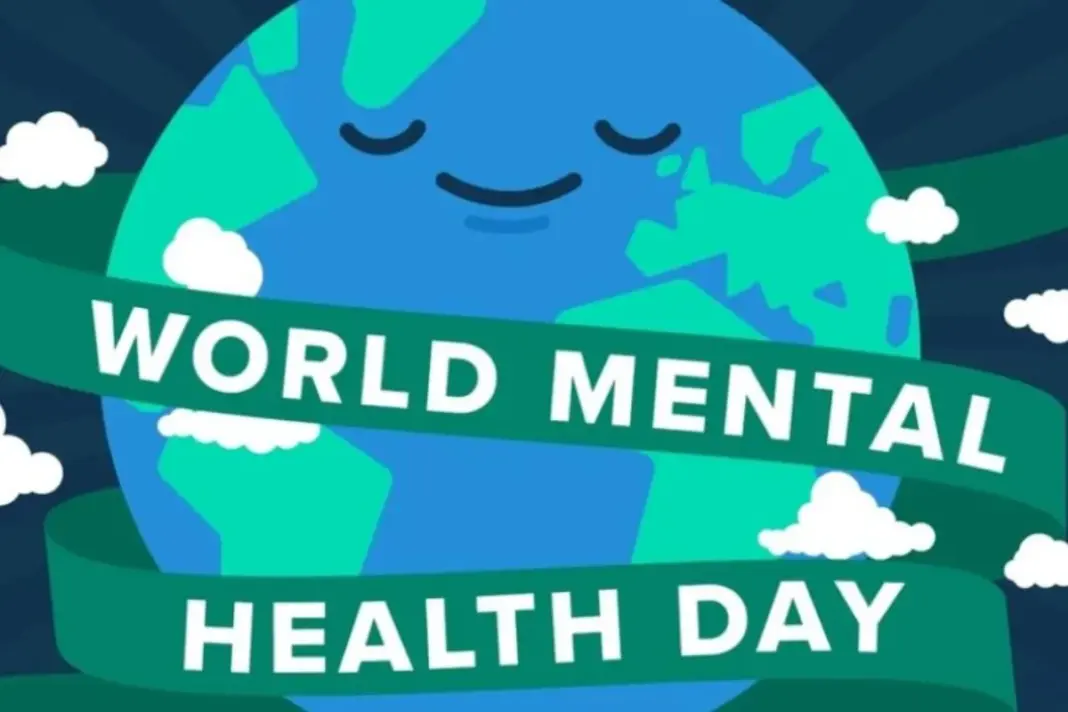World Mental Health Day 2025: A quiet storm brews behind glowing screens. Between endless scrolls and silent midnights, a generation drifts through constant noise, chasing calm in a wired world. What feels like connection often becomes fatigue, an invisible weight shaping young minds.
As World Mental Health Day 2025 unfolds, experts look closer at the cost of living online and how digital burnout is silently draining youth of their balance and peace.
Digital Burnout Threatens Youth Mental Health in 2025
Across the globe, experts report a surge in youth mental health issues linked to digital overload. Constant connectivity blurs the line between study, rest, and recreation, leaving young people emotionally drained.

Many teens describe feeling overwhelmed by endless online tasks and social demands. Rising cases of irritability, fatigue, and detachment reflect a growing wave of digital burnout that’s quietly reshaping the mental landscape of today’s generation.
World Mental Health Day 2025 Highlights Global Concerns
Every year, October 10 marks a day dedicated to mental well-being and open dialogue. World Mental Health Day 2025 focuses on improving access to mental health support during crises. The global theme emphasizes how modern life, dominated by technology, impacts emotional stability.
Experts highlight that while digital spaces connect communities, they also contribute to rising stress. This year’s discussions underline the urgent need to address the tension between connectivity and calm.
Understanding Digital Burnout and Its Psychological Impact
Digital burnout is now recognized as a form of chronic stress caused by nonstop online engagement. It develops when constant screen time overwhelms emotional and mental limits. Common signs include low motivation, poor sleep, and mental fatigue.
Unlike regular burnout, this condition stems directly from overuse of digital platforms, where work, school, and social life overlap without pause, leaving little room for mental rest.
Rising Youth Anxiety and Vulnerability to Screen Overload
In classrooms and bedrooms, screens dominate the daily rhythm of young lives. Studies show that rising teenage anxiety and depression are tied to excessive online exposure.
- Continuous social media use deepens comparison and FOMO, increasing emotional strain.
- Cyberbullying worsens feelings of isolation.
- Addictive algorithms encourage endless scrolling, replacing real connections.
- Teen brains react intensely to dopamine from digital feedback.
- Online validation becomes central to identity.
- Limited coping skills amplify screen-related burnout.
Experts Warn Against Overreliance on AI Therapy Tools
Mental health professionals caution against depending too heavily on AI-based therapy apps. While digital tools offer easy access, they lack the empathy and nuance found in human counseling.
Some teens now use chatbots as emotional outlets, which can blur the line between self-help and avoidance. Experts emphasize that digital aids should complement, not replace, professional therapy. True mental healing requires human connection, empathy, and guidance beyond the algorithm’s reach.
Recognizing Warning Signs of Digital Distress Early
The signs often appear small, such as late-night scrolling, skipped meals, or emotional withdrawal. But beneath these habits, distress quietly builds.
- Irritability and mood swings increase after long screen hours.
- Sleep disruption becomes a daily pattern.
- Parents mistake fatigue for routine tiredness.
- Teachers overlook disengagement as a simple distraction.
- Experts urge early awareness. Honest conversations at home and school can catch early symptoms and prevent digital exhaustion from deepening into chronic anxiety.
Building Digital Balance: Roles, Habits, and Shared Responsibility
Finding balance starts with deliberate choices.
For individuals: Set daily screen limits, take regular digital breaks, and trade some online time for outdoor or creative activities.
Parents and teachers: Create device-free routines, foster open conversations, and weave digital wellbeing into everyday learning.
Institutions and workplaces: Provide mental-health resources, respect no-screen hours after work, and offer access to counseling.
Together, these actions can protect youth mental health and restore balance in a screen-heavy world. On World Mental Health Day 2025, let’s turn awareness into action. True wellness isn’t about disconnecting—it’s about learning to live peacefully with our digital lives.


